Halloween Pet Safety Tips — Keep Fido & Fluffy Safe This Spooky Season
🎃 Key Takeaways: Keep Your Pets Safe This Halloween
Halloween is a festive time for people, but for pets it can bring hidden risks. From toxic candies to loud noises to strange costumes and decorations, there are many hazards that pet owners may not think of — but the ASPCA and AVMA both highlight these dangers and offer best practices for keeping pets safe.
At Bliss Animal Hospital, we want you to enjoy Halloween with your pets — not worry about emergencies. Below is a comprehensive guide that blends veterinary science, professional recommendations, and practical tips for pet parents in Lake Forest, Rancho Santa Margarita, Mission Viejo, and nearby communities.
🐾 What Makes Halloween Risky for Pets?
Before diving into safety tips, here’s a quick look at why Halloween is often overwhelming (and sometimes dangerous) for pets:
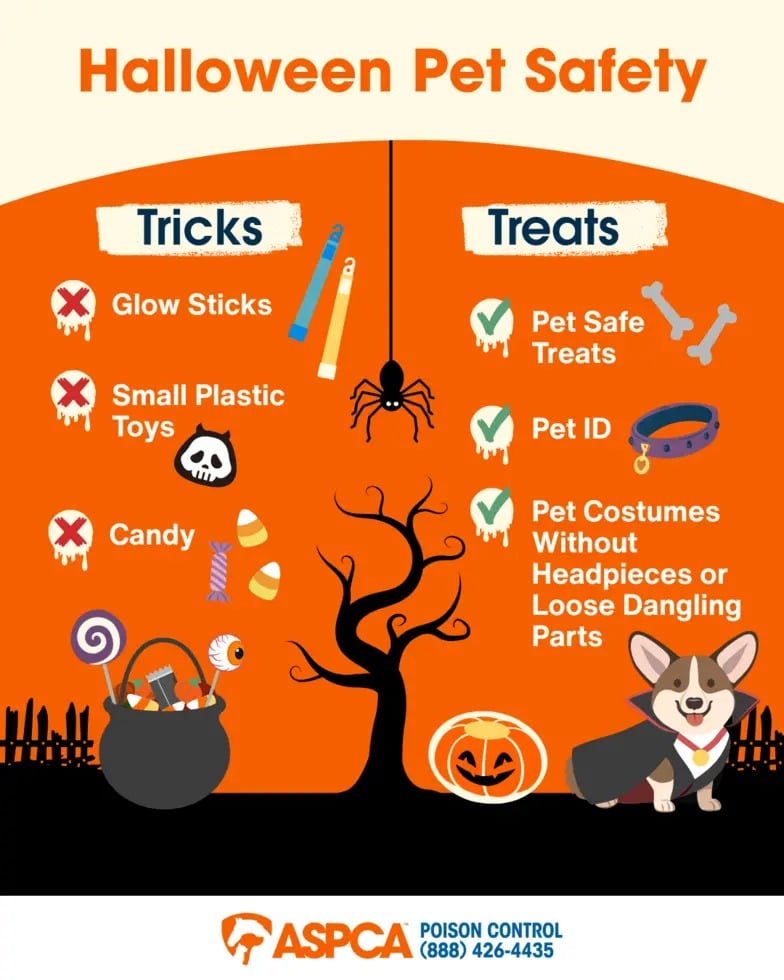
Figure 1: Keep your pets safe this Halloween by avoiding glow sticks, small plastic toys, and candy, and instead offering pet-safe treats and comfortable costumes.
Image Source:
ASPCA. Halloween Pet Safety Tips for Pets.https://www.aspcapro.org/resource/halloween-safety-tips-pets
🍬 Candy & Toxic Ingredients — Keep Them Completely Out of Reach
Halloween candy is irresistible to kids — and dangerous for pets.
What’s dangerous:
What to do:
Make sure trash cans are secure too — candy wrappers, sticks, and packaging can be just as dangerous as the sweets themselves.
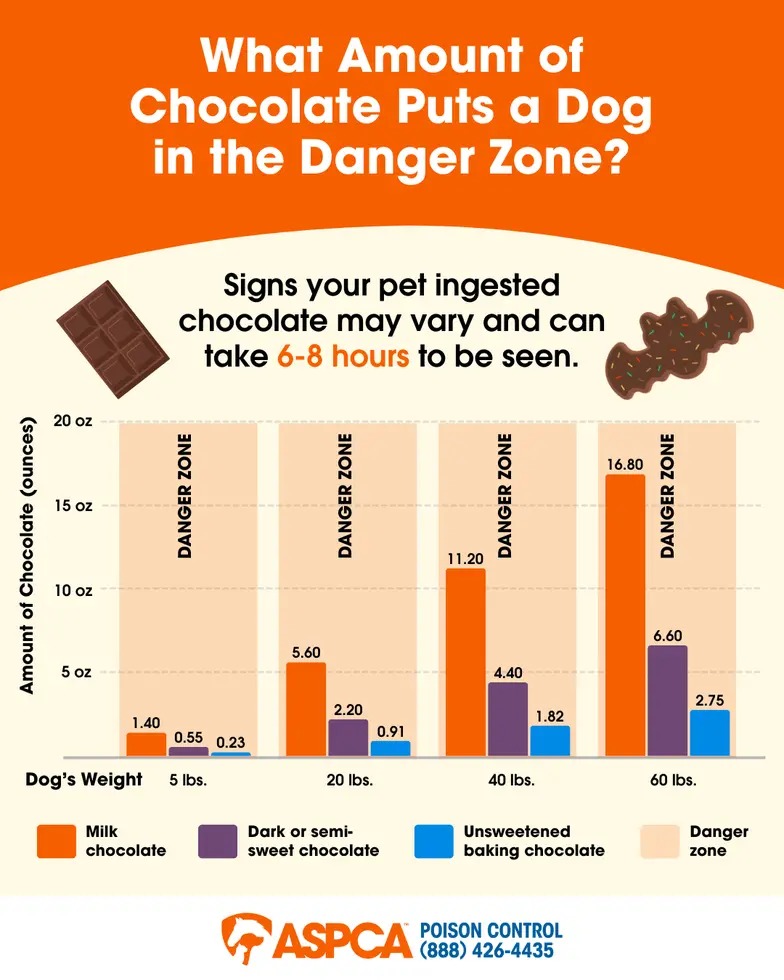
Figure 2: Even a small amount of dark or baking chocolate can put your dog in the danger zone. Know the risks and contact your veterinarian or the ASPCA Poison Control if ingestion occurs.
Image Source:
ASPCA. Chocolate Toxicity in Dogs: How Much Is Dangerous? https://www.aspcapro.org/resource/halloween-safety-tips-pets
👗 Costumes, Accessories & Comfort — When to Dress Up and When to Skip It
Costumes can be fun — but not all pets enjoy them.
Costume safety tips:
As the AVMA puts it, “If your pet doesn’t enjoy dressing up, don’t force it.” Instead, consider a Halloween-themed tag or bowtie for festive flair without discomfort.
If your pet does enjoy dressing up, supervise them at all times and ensure costumes are properly fitted to avoid overheating or entanglement.
🚪 Manage Noise, Visitors & Door Traffic
Halloween night is full of excitement for kids — but for pets, it can be overwhelming.
Common stress triggers:
How to keep your pet calm:
Consider placing a sign on your front door asking trick-or-treaters not to ring the bell, especially if your pet gets startled easily.
🎃 Decoration Dangers & Fire Hazards
Decorations can be hazardous if your pet sees them as toys or chew targets.
Watch out for:
Decoration safety tips:
🥾 Safe Halloween Treats for Pets
You can still treat your pet — just use safe, pet‑friendly options!
Safe treat ideas:
Avoid table scraps and never give your pet human candy. Instead, use Halloween as a chance to reward them for calm behavior with treats made just for them.
😾 Special Precautions for Black Cats
Historically, black cats have been unfairly associated with superstition — and unfortunately, Halloween can pose a higher risk for them.
What we recommend:
Many animal shelters pause black cat adoptions in October to avoid risk of mistreatment. Be sure your feline friend stays safe and sound inside.
⚡️ Recognizing Signs of Distress or Toxicity
It’s important to recognize when your pet is in distress or may have ingested something harmful.
Signs of anxiety:
Signs of poisoning:
If your pet shows any of these signs — or if you suspect they ate something toxic — call your veterinarian or poison control immediately.
❓ Frequently Asked Questions (FAQs)
Can dogs eat plain pumpkin?
Yes! Plain, cooked pumpkin (not pie filling) is safe and great for digestion. It’s a good source of fiber and can help with both constipation and mild diarrhea. Just avoid pumpkin pie filling or anything with added sugar and spices. A spoonful or two mixed into their food is usually enough.
What if my pet eats chocolate or candy?
Call your vet immediately. Chocolate, especially dark or baking chocolate, can be highly toxic to dogs and cats, and xylitol (found in sugar-free candy) can cause dangerous drops in blood sugar. Symptoms like vomiting, restlessness, or tremors may take several hours to appear, so don’t wait for signs before seeking help.
How can I calm my dog on Halloween?
Set up a quiet, comfortable room away from the front door. Use white noise, soft music, or TV to mask sounds. Offer familiar toys or blankets, and try calming aids like pheromone diffusers (Adaptil, Feliway). If your pet has a history of anxiety, ask your veterinarian about safe supplements or short-term medications.
Is it safe to take my dog trick-or-treating?
Only if your dog is social, leash-trained, and comfortable around crowds and costumes. Keep them on a short leash and bring water, treats, and waste bags. Avoid houses with flashing lights or loud noises, and if your dog seems nervous or overwhelmed, it’s best to head home early.
Should I worry about glow sticks?
Glow sticks aren’t usually toxic, but the liquid inside tastes very bitter and can cause drooling or mild nausea if chewed. If your pet bites one, rinse their mouth with water and offer a small drink or treat to clear the taste. Keep glow sticks and light-up jewelry out of reach after trick-or-treating.
Local Tips from Bliss Animal Hospital (Lake Forest & South OC)
Located in Lake Forest, we serve pet families from Rancho Santa Margarita, Irvine, Mission Viejo, Foothill Ranch, and beyond. Here’s how we can help:
Conclusion — Enjoy Halloween Responsibly with Your Pets
With a little preparation, Halloween can be fun and safe for everyone — furry family included.
If you have any questions, concerns, or emergencies, call Bliss Animal Hospital at (949) 354‑5201. We’re your local pet care partner before, during, and after Halloween.
From all of us at Bliss — have a safe, spooky, and pet-friendly Halloween!
Vet Urgent Care Services in Orange County, CA
About Bliss Animal Hospital
Our team, led by Dr. Nayara Pataro and Dr. Sam Amirshahi, is dedicated to providing compassionate, top-rated care right here in South Orange County. With a strong emphasis on relationships and personalized veterinary care, we’re here to support you and your pet’s health and happiness. If you’re looking for convenient, high-quality care nearby, check out our veterinarian services in Lake Forest, CA and surrounding areas like Veterinarian near Mission Viejo, CA, Irvine, CA Veterinarian (Great Park and Portola Springs) and vet near Rancho Santa Margarita, CA.
Meet Our Team
The blissfull faces behind the care
Driven by compassion and purpose, here is the team who will work to make a difference in your pet’s life. Every single visit.



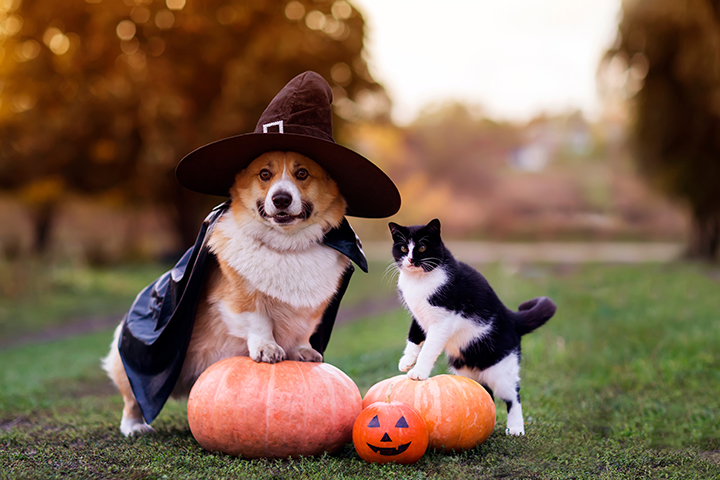
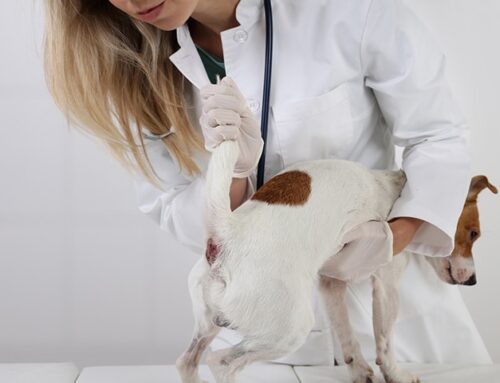
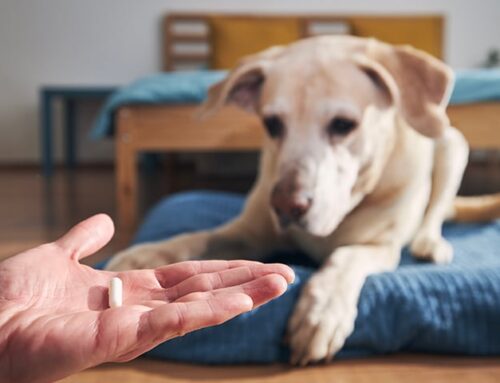
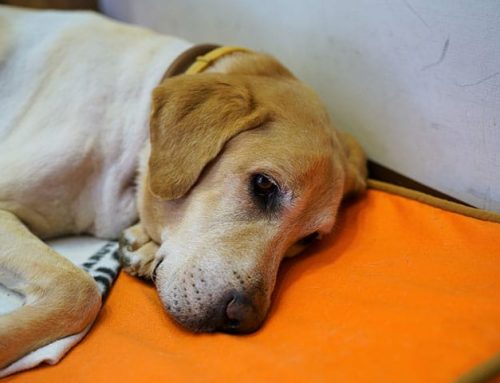
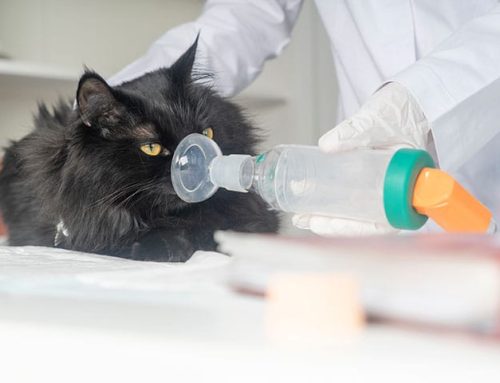



Leave A Comment